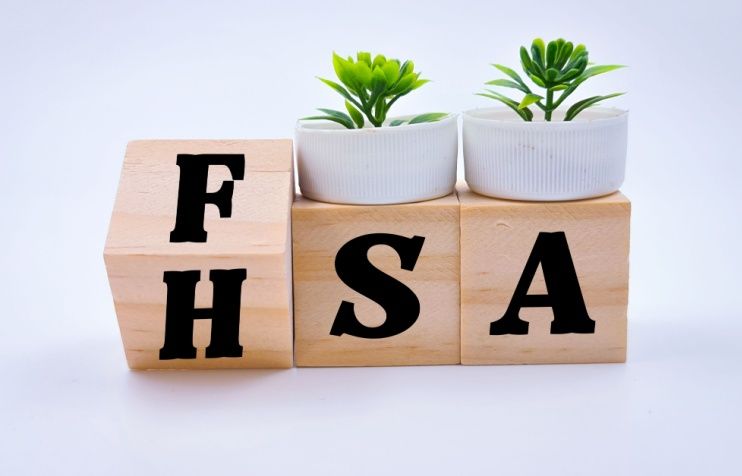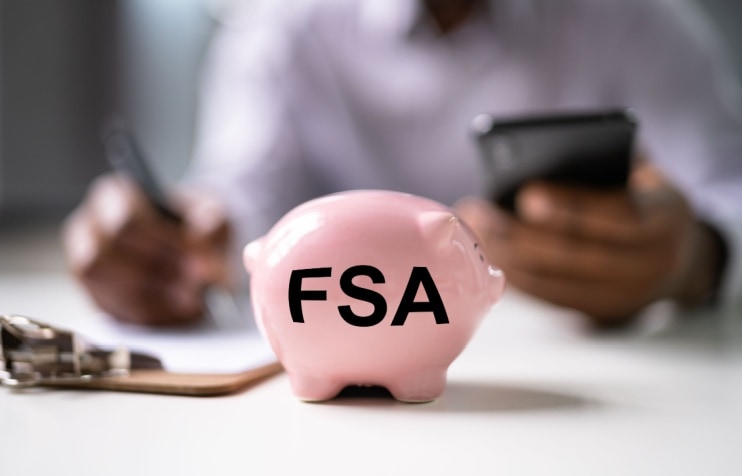
FSA and HSA Vision Resources
FSA and HSA funds are pre-tax dollars that can be spent on pre-approved vision and health products and services.

Check your FSA or HSA balance by going online, calling your provider or using a mobile app, depending on what option(s) your plan administrator provides.

FSA vision care eligible expenses include exam copays, prescription lenses and much more.

Unsure of what to spend your FSA funds on? Follow this simple guide.

The most important step in enrolling in an FSA is choosing how much to contribute for the year. Learn more about this and other key steps in FSA enrollment.

FSA dollars can help you pay for eye exams, new glasses, prescription sunglasses, contact lenses and much more. Learn about what you can spend FSA dollars on.
All About Vision and AllAboutVision.com are registered trademarks of AAV Media, LLC. © 2000-2025 AAV Media, LLC. The content on this site is for informational purposes only. All About Vision does not provide medical advice, diagnosis or treatment. Contact an eye doctor if you need medical attention.